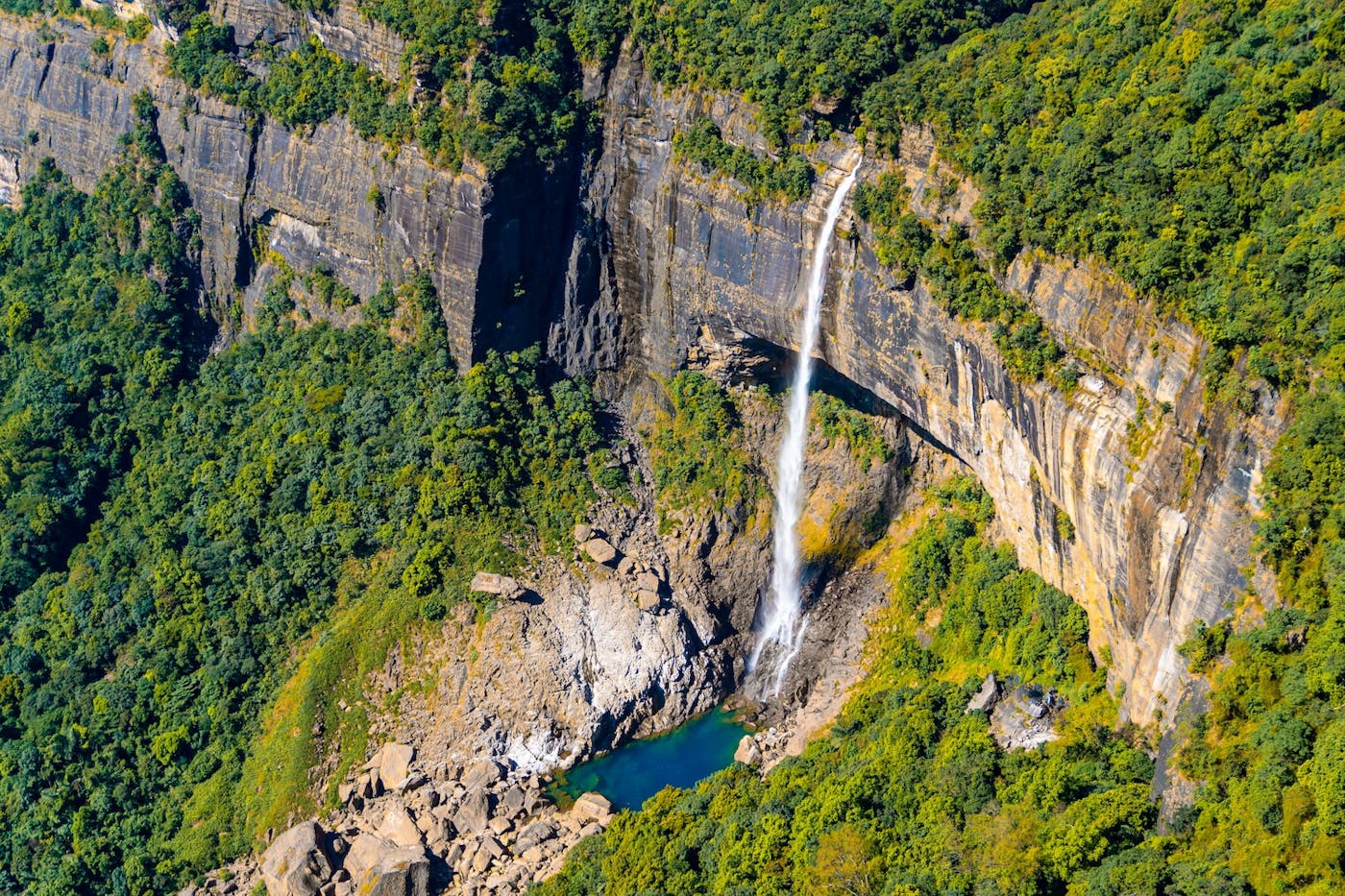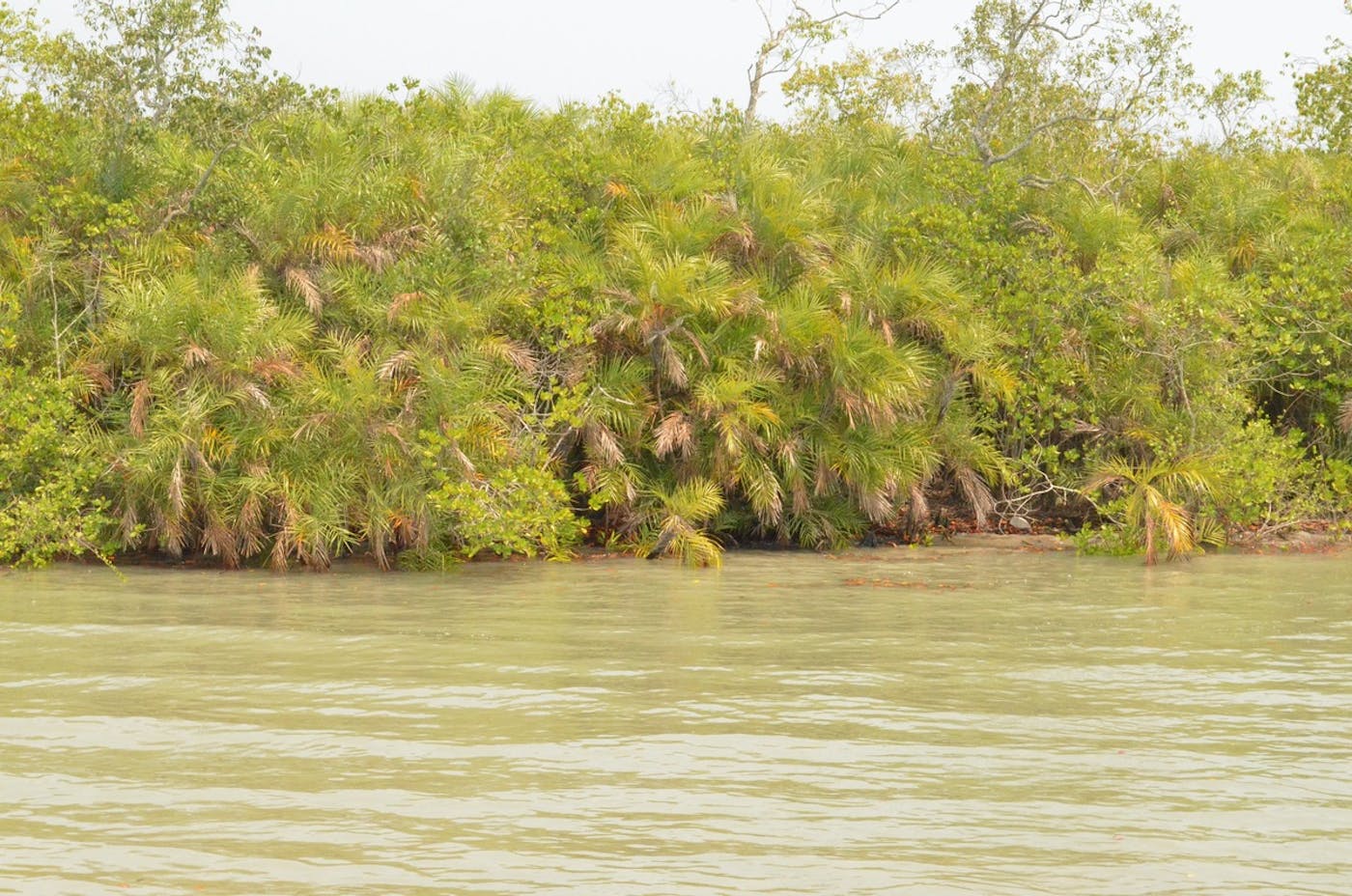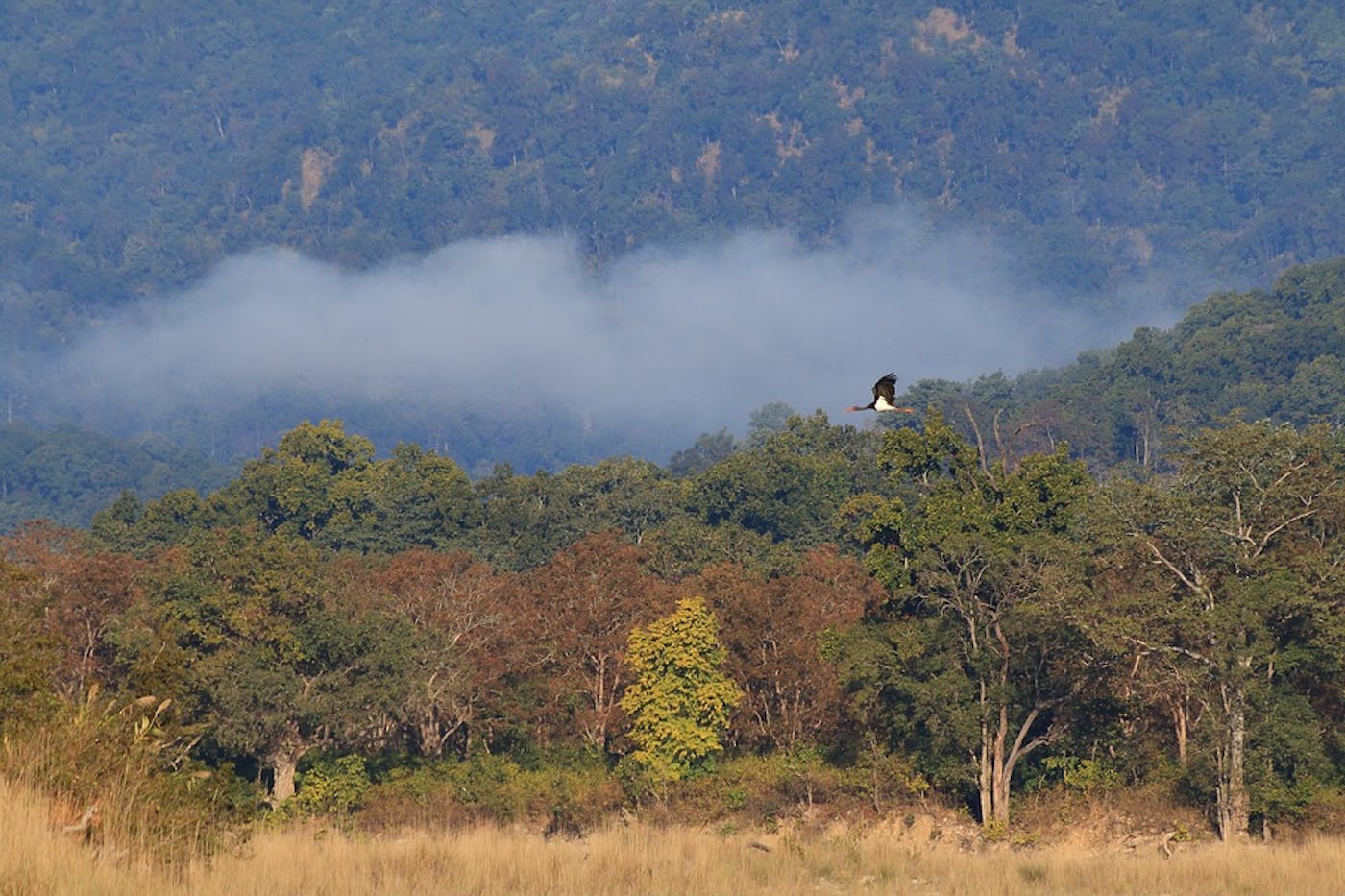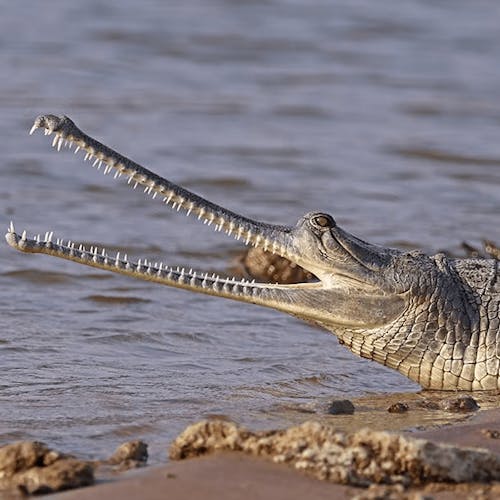North Indian Tropical Forests & Sundarbans bioregion
The bioregion’s land area is provided in units of 1,000 hectares. The conservation target is the combined Global Safety Net (GSN1) areas for the component ecoregions. The protection level indicates the percentage of the GSN goal that is currently protected on a scale of 0-10. N/A means data is not available at this time.
The North Indian Tropical Forests & Sundarbans bioregion is the eastern section of the Indian Subcontinent subrealm in Indomalaya, containing six ecoregions—Brahmaputra Valley Semi-Evergreen Forests (222), Lower Gangetic Plains Moist Deciduous Forests (238), Meghalaya Subtropical Forests (244), Sundarbans Freshwater Swamp Forests (282), Upper Gangetic Plains Moist Deciduous Forests (287), Sundarbans Mangroves (323)—totaling approximately 65 million hectares of land area.
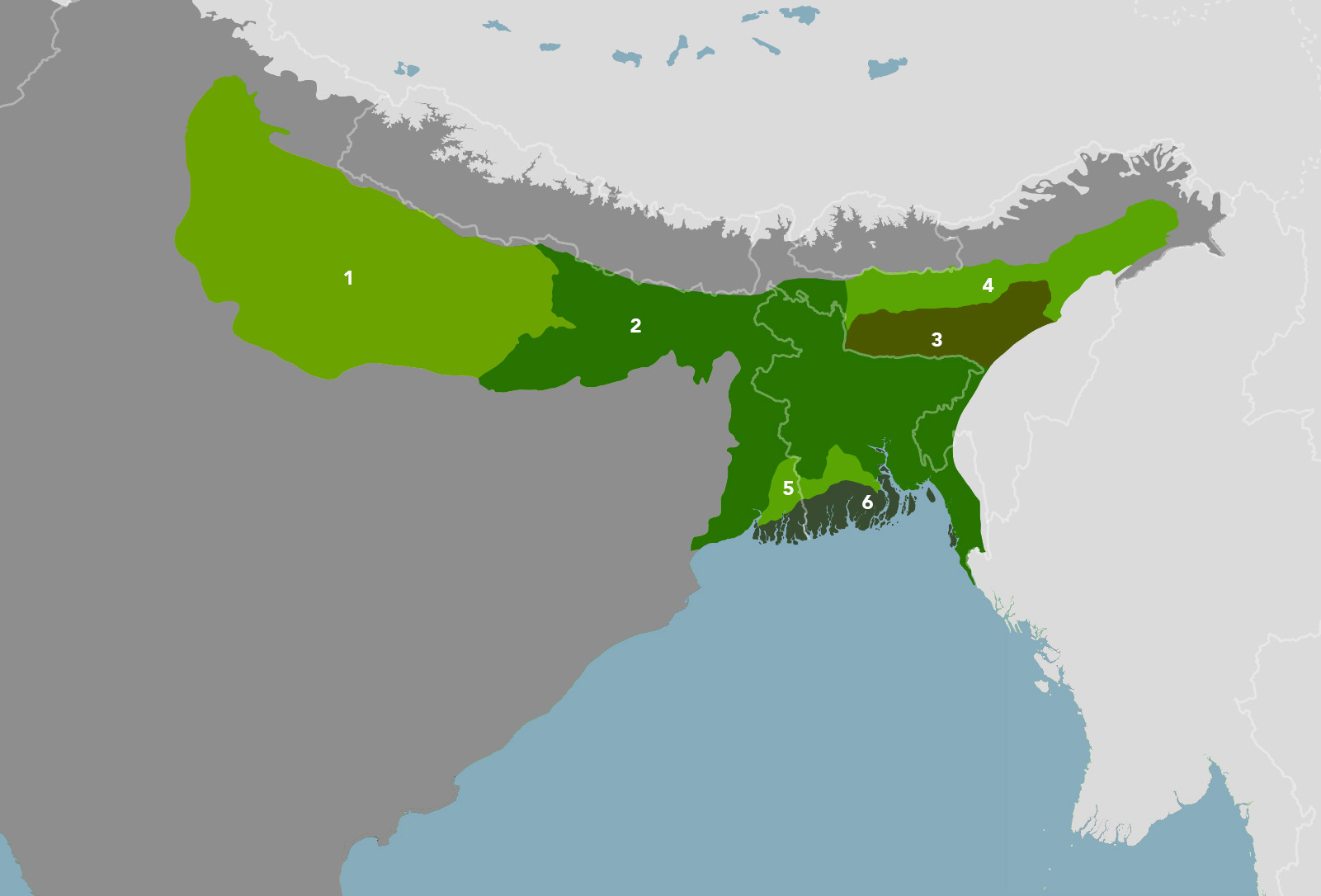
Learn more about each of the North Indian Tropical Forests & Sundarbans ecoregions below.

Explore the Bioregions
Want to learn more about the fascinating species, diverse ecosystems, and natural wonders of the Earth? Click the button below to launch One Earth's interactive navigator and discover your Bioregion!
LAUNCH NAVIGATOR